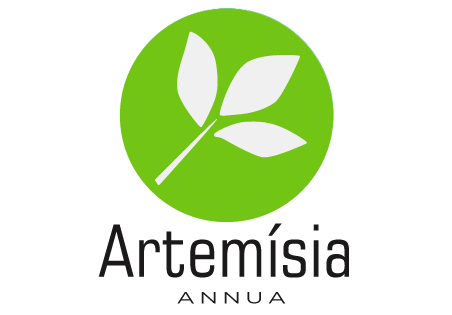ARTEMISIA INHIBE LE COVID-19

Les premières recherches ont révélé que les extraits de plantes d'Artemisisa annua peuvent inhiber le virus COVID-19
Amérique
Une équipe de chercheurs, dont Pamela Weathers, professeure de biologie au Worcester Polytechnic Institute, a découvert que des extraits des feuilles de la plante Artemisia annua, une plante médicinale également connue sous le nom d'absinthe douce, inhibent la réplication du virus SARS-CoV-2 et de deux de ses récents variants. L'équipe, qui comprenait des chercheurs de l'Université Columbia à New York et de l'Université de Washington à Seattle, a également découvert que les extraits de plantes étaient plus efficaces contre le virus lorsque les niveaux d'un composé thérapeutique clé dans la plante, l'artémisinine, étaient faibles. . Les résultats in vitro ont conduit les chercheurs à suggérer qu'un ou plusieurs composés d'Artemisia annua, ou A. annua, qui n'ont pas encore été identifiés pourraient indiquer un traitement thérapeutique sûr et rentable pour le SRAS-CoV-2, le virus responsable pour la pandémie de COVID-19.

Le travail a été décrit dans un article publié dans le Journal of Ethnopharmacology. « L'Artemisia annua a fait l'objet d'études approfondies et est utilisée en toute sécurité depuis plus de 2 000 ans en médecine traditionnelle pour traiter diverses maladies liées à la fièvre », a déclaré Weathers. "A. annua peut fournir des indices sur de nouvelles thérapies à petites molécules sûres et rentables ou même être utilisé comme nutraceutique antiviral." Les chercheurs ont trempé des feuilles séchées d'A. annua, provenant de quatre continents, dans de l'eau chaude et testé les solutions contre le SRAS -CoV-2 et deux variantes originaires du Royaume-Uni et d'Afrique du Sud.

Certains échantillons de feuilles avaient 12 ans mais étaient encore puissants contre le virus. Les chercheurs ont également testé l'artémisinine seule contre les virus, mais les extraits de plantes étaient plus puissants. L'artémisinine est un composé produit naturellement par la plante, mais il est généralement extrait, modifié chimiquement et développé en combinaison avec d'autres médicaments pour traiter le paludisme. Les résultats ont montré que les extraits d'A. annua n'ont pas empêché le virus d'entrer dans les cellules, mais ont interféré avec la capacité du virus à se répliquer, le tuant ainsi. De plus, l'activité anti-réplication ne semble pas liée à l'artémisinine ou aux flavonoïdes, qui sont des substances naturelles des plantes. Weathers étudie depuis longtemps différentes souches d'armoise, qui sont cultivées dans le monde entier.

Elle a récemment co-écrit des articles explorant les propriétés antipaludiques de l'artémisinine et l'impact d'A. annua et d'extraits d'artémisinine sur le parasite du paludisme. Elle collabore également à une étude au WPI pour identifier des composés dans A. annua qui pourraient être efficaces contre les bactéries responsables de la tuberculose. Weathers a déclaré que davantage de travail est nécessaire pour identifier le composé ou la combinaison de composés dans A. annua responsable de l'inhibition de la réplication virale. "Ces résultats s'ajoutent aux preuves d'autres laboratoires du monde entier que cette plante contient des composés qui peuvent aider les patients infectés par COVID-19", a déclaré Weathers. "Nous savons également que la plante contient des composés qui inhibent l'inflammation et la formation de tissus cicatriciels, connus sous le nom de fibrose, qui affectent également les patients atteints de COVID-19. Ensemble, ces caractéristiques indiquent une plante qui mérite beaucoup plus d'études."















































